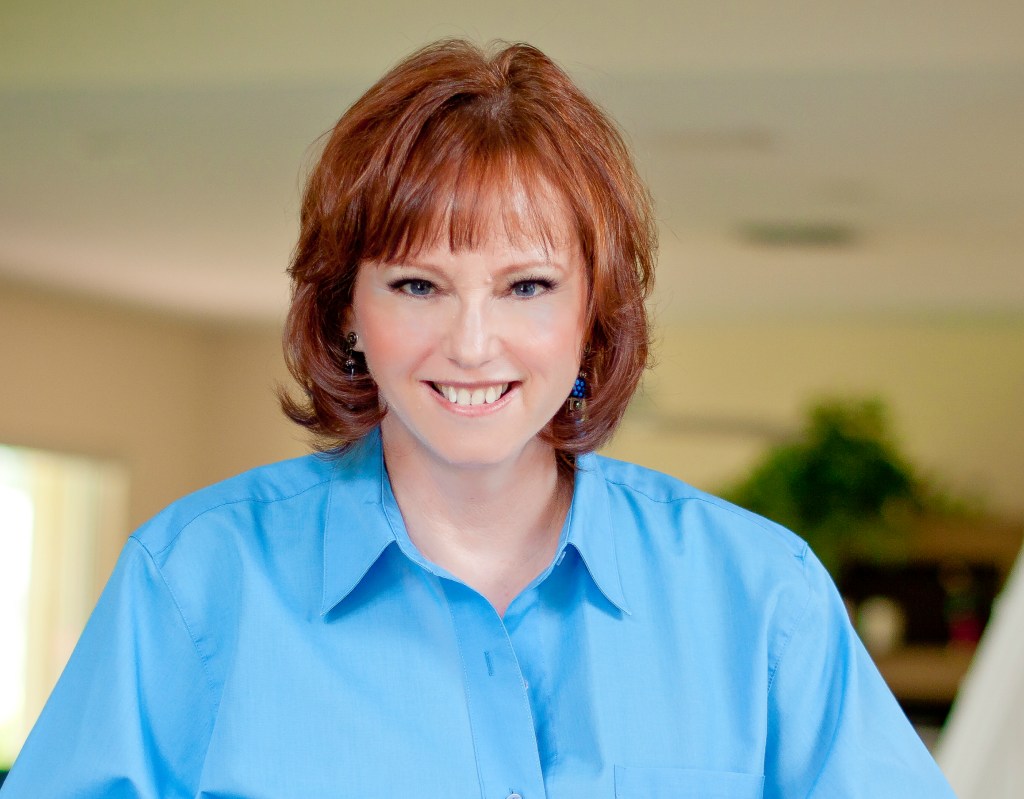No matter how experienced a real estate agent is, he or she relies on leads for business growth. And, since a National Association of Realtors survey showed that 53% of buyers in 2019 used an agent that was either referred to them or was someone they used in the past, that means that about half of all buyers (47%) are available to any agent willing to compete for them.

HW+ Columnist
But industry professionals report that there’s a misconception among agents about conversion rates. “There’s a preconceived notion in the industry that when a consumer crosses the anonymity barrier online – they’re interested in a property and want to receive more information – the expectation is that 100% of those consumers are going to be ready to purchase or sell within a matter of days or weeks,” said Prem Luthra, CEO of Elm Street Technology, a real estate technology and marketing solutions provider based in Dallas. “What we typically do to manage expectations on behalf of our lead generation customers is to tell them that if we generate 30 leads for you in a given month, you should expect anywhere from 1% to 3% of those leads to do some sort of transaction within 120 days.”
What about the other 97% to 99% – the consumers who expressed interest but aren’t ready to purchase right now?
They’re going to need some nurturing, either manually by the agent calling, texting or emailing, or through an automated system, such as Elm Street’s Elevate platform, which does it automatically.
But no matter how an agent chooses to work with a lead, the conversion rate ultimately depends upon the agent’s own behavior and actions. So, what should agents expect, and how can they get the most out of the leads they’ve purchased?
Managing expectations
Ben Rubenstein agrees with Luthra that actual conversion rates are much lower than most real estate agents expect. Rubenstein, chief revenue officer at realtor.com, was the founder of Opcity, a technology platform that matches qualified home buyers and sellers with real estate professionals in real time. Rubenstein says that, historically, he’s seen industry lead conversion rates of about .5% to 1%.
“But averages don’t tell the whole story,” he added. “There are some lead sources that are vastly higher than that and some that are vastly lower. So, does the average really tell you much? Not really. What you should be thinking about is how much better one source is than another.”
Rubenstein said that two-thirds of the leads his team works are never given to agents because they likely won’t pan out. But the one-third conveyed to agents through the live transfer feature of realtor.com’s ReadyConnect Concierge program have already been pre-screened and qualified. That means, according to Rubenstein, that “out of the gate, the live transfers are going to be converted three to five times more.”
Zillow’s Premier Agent program also supplies “warm” leads to agents via a platform that connects agents and buyers in real time. “When a customer is connected live to an agent, they’re four times more likely to work with that agent,” said Racquel Russell, vice president of Partner Success with Zillow’s Premier Agent division. “These are folks who are looking and ready.”
Russell said she’s never seen a national industry standard for lead conversion rates, but that the old adage about real estate being local applies to conversion rates as well. “If you’re in a hot market, where there are more buyers, there are going to be more leads,” she said.
Converting more leads
So, what can agents do in order to get the most bang for their lead-generation buck? Experts say there’s plenty.
Be quick. There’s a reason why several of the lead-generation platforms connect agents with interested buyers in real time. According to NAR, 75% of buyers interview only one real estate agent during their home search. So, there’s a huge benefit to being the first person on the phone with that lead. Plus, consumers today expect a certain level of immediacy – overnight deliveries from Amazon have spoiled us – and that includes real estate as well.
“Whenever leads come in, I try to connect with that person as quickly as possible,” said Ryan Keeton, an agent with eXp Realty in Ashland, Ky. “My goal is to get them on the phone or corresponding by text, and unless I’m with a client, I reach out within one to two seconds.”
Keeton has been purchasing leads through realtor.com’s ReadyConnect Concierge program, Opcity and other sources for the better part of his three-year real estate career, and he knows that an immediate connection is key. “They’re actively looking, so if you can instantly catch them when it’s top of mind, the conversion rate is astronomical, as opposed to waiting even a half hour because then they’ll be doing something else.” Due to this strategy and a diligent follow-up plan, Keeton said he converts about 10% to 15% of the 12 to 20 leads he receives per month.
But what you say during that initial call matters as well. Marc Schafler, an agent with Lang Realty in Palm Beach Gardens, Fla., has been purchasing leads for about 10 of his 22 years as an agent, mostly through Zillow’s Premier Agent program. He gets about 30 leads per month and converts 7% to 10% of them on average.
“I trained in New Jersey on how to convert open house leads and how to establish your credibility and get someone engaged,” he said. “It’s all about how you handle yourself on the phone. You have only 30 to 60 seconds to build rapport and let them know you know about the property and the community, that you’re an expert and that you will be happy to get them the information they need.”
Say the wrong thing – like ask financial questions too early – and you can turn off the lead.
Tap technology. Elm Street’s Luthra said that converting a lead is like using a funnel. “You want to fill the top of your funnel with as many people who have expressed some level of interest as you possibly can knowing that over time, some of those people are going to fall through the bottom and actually transact,” he said. The problem with that model, however, is that it’s challenging for an agent to stay in touch with all of the people who enter the funnel. So Luthra recommends leveraging technology to automate the process, whether it’s his Elevate platform or one similar.
Be relentless. Optimally, you’ll connect with a lead and arrange a meeting, either in person or by videoconference, as quickly as possible. That helps establish rapport. But what happens if you can’t?
“A huge part of a successful agent’s business strategy is nurturing buyers who aren’t ready and following up with those potential clients every few weeks or months,” said Zillow’s Russell. “Yes, sometimes a potential client ends up not buying, but he may refer business to you.”
Keeton said he has a seven-day follow-up plan for prospects, during which he varies his attempts at contact – leaving a voicemail or sending a text message, perhaps – during that period. After about five days with no response, he’ll send a carefully crafted note telling them that he doesn’t intend to spam them but truly wants to help with their real estate needs – and he said he gets a 40% to 50% response from that message.
“I do not let up until that person tells me to go away,” Keeton said.
To get a comprehensive look at the lead generation companies in the industry, check out HousingStack, a real estate technology landscape that provides a dynamic visual that reflects the rapid changes in the sector. The HousingStack is exclusively for HW+ members. To join the HW+ community, go here.







